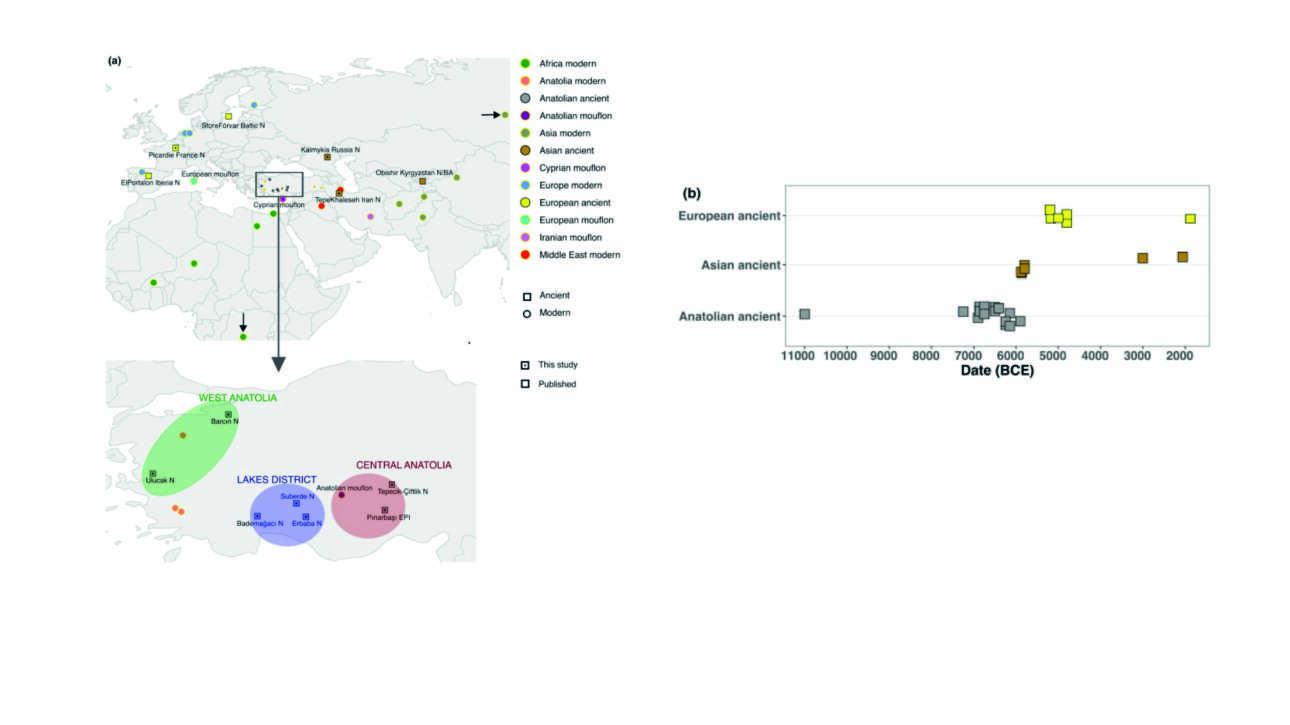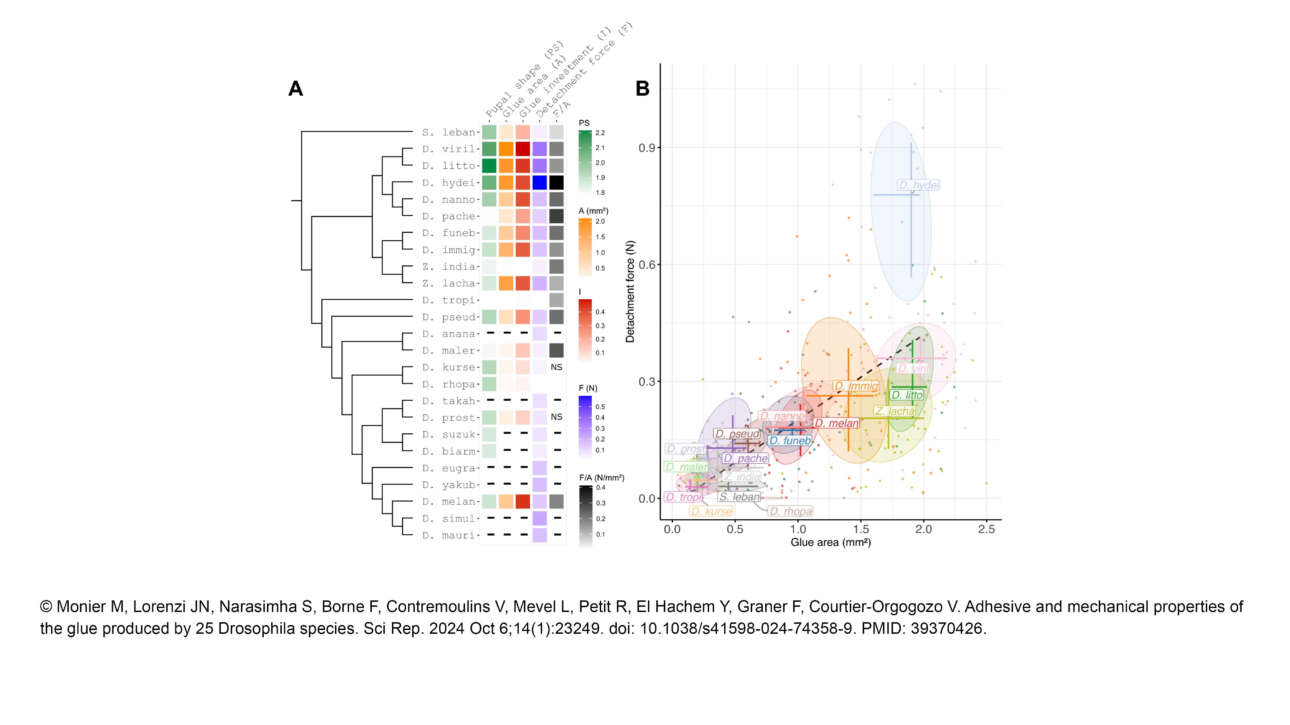Isabelle le Parco, ainsi que la plateforme qu'elle dirige, a contribué a la publication d'un article dans Communications biology :
Calcium wave dynamics in the embryonic mouse gut mesenchyme: impact on smooth muscle differentiation
Résumé :
Intestinal smooth muscle differentiation is a complex physico-biological process involving several different pathways. Here, we investigate the properties of Ca2+ waves…











